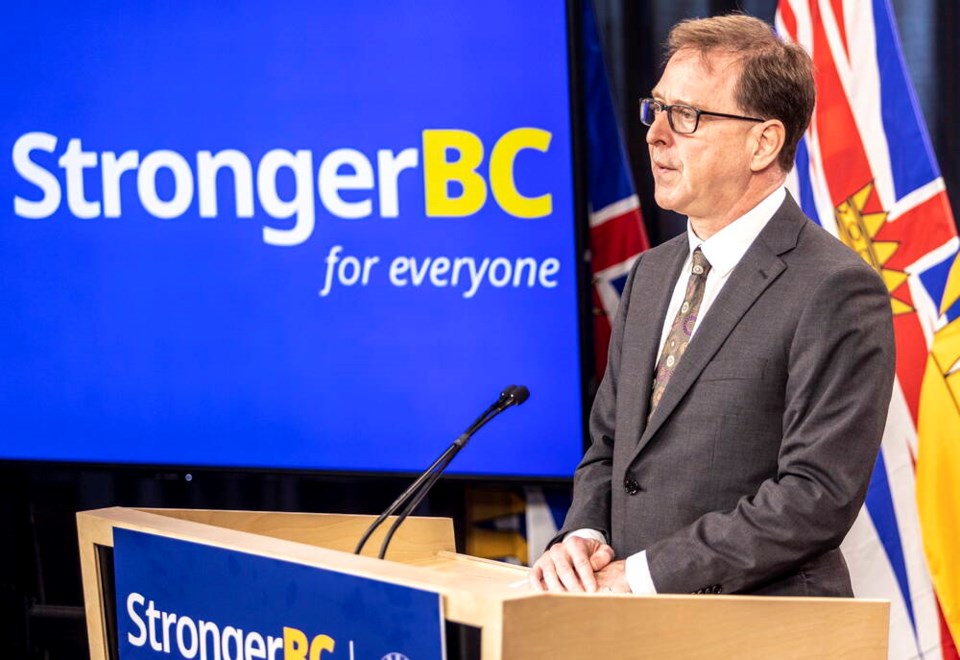About 20 per cent of family physicians have signed on to a new payment model that rolled out Wednesday offering compensation for time on the job rather than a fee for each patient visit.
Health Minister Adrian Dix and Dr. Joshua Greggain, president of Doctors of B.C., launched the new scheme in Vancouver, describing the model as a transformation of primary care because of the way it values doctors’ time.
“This is an important moment in the history of the public health-care system,” said Dix. “It is not going to improve everything overnight, but it shows our joint determination to make things better.”
Dix said 1,043 physicians, including 194 from Vancouver Island, inked the new deal in a “pre-sign-up” period, out of about 4,000 physicians working as family doctors in B.C.
Dix predicted the numbers will “grow dramatically” over the next few weeks.
The family physician payment model offers an alternative to the “fee-for-service” model, which compensates family doctors at a base level of about $32 per patient visit. Under that model, they would have to see more patients for a shorter time period to partially cover time spent on paperwork, overhead and other services.
The model raises annual pay for a full-time family doctor to about $385,000 from $250,000. That closes the gap between family doctors and hospitalists, who are paid close to $300,000 a year to work in hospitals and don’t have to pay overhead costs.
The province hopes the new payment model makes it easier to attract and retain family doctors. One in five B.C. residents, or about one million people, doesn’t have a family doctor.
Dr. Chris Dowler, medical director of Shoreline Medical Clinic in Sidney, said his clinic registered for the new payment model last week.
Dowler, 39, said for the first time, family doctors will be compensated for both direct and indirect patient hours, where they work on paperwork and reading lab results and other reports.
It also captures the complexity of some patient cases, he said, calling the change “absolutely monumental.”
The new model will transform primary care in B.C., Dowler said. “I believe it’ll make it a very attractive profession once again — monetarily that is.”
Dowler said the model is “very intelligently designed to accurately compensate and fairly compensate us for our time” and could persuade existing family doctors to stay in the profession.
“I think if you make somebody feel valued, I think that goes a long way to job satisfaction and keeping them in the profession,” said Dowler.
Dr. Vanessa Young said her practice in View Royal has not yet opted in, but likely will this summer, when its current contract expires. All physicians in the practice need to agree to sign on, and the new payment model is more of a benefit to some than others, she said.
Young said indirect patient care work hours represents about 30 per cent of what doctors do, and was previously unpaid.
She predicted the new payment model will attract new doctors but “not immediately,” as it takes time to set up shop, forge partnerships and attach patients.
Registration for the new payment model is by choice, said Greggain. “It’s not a mandate, it’s not a contract — it’s an opportunity for physicians who are working in primary care to continue to opt in.”
Greggain said some issues family doctors have raised about the model were being worked on as recently as Tuesday and those tweaks will continue.
As part of the new payment model, family doctors have to submit their patient panels to the government by July 1.
That will establish what patients are attached to a particular family doctor. “When we know that, we know what spaces can be filled and we can have people, as they will start to be able to do on July 1st, to apply for a family doctor if they don’t have one,” Dix said.



